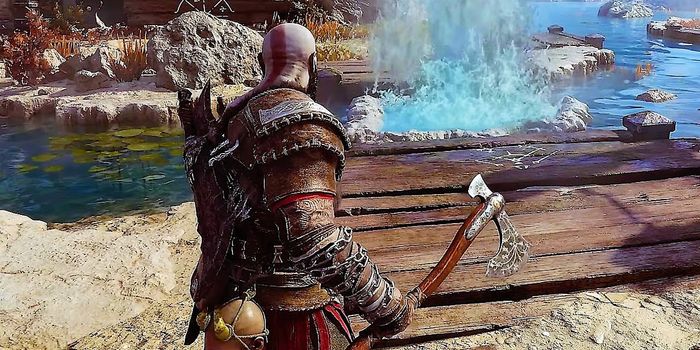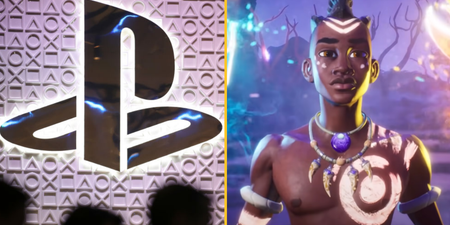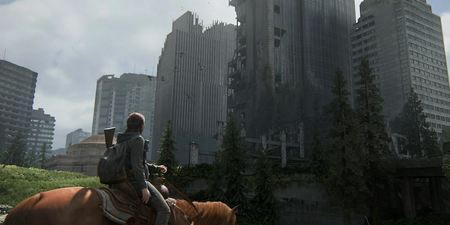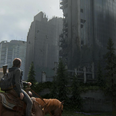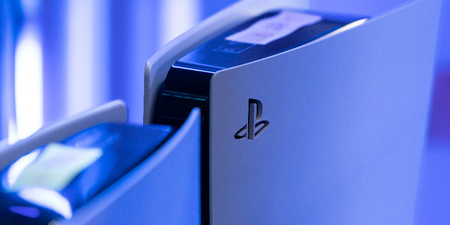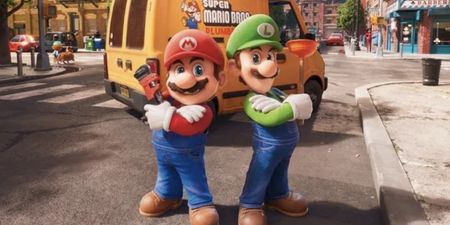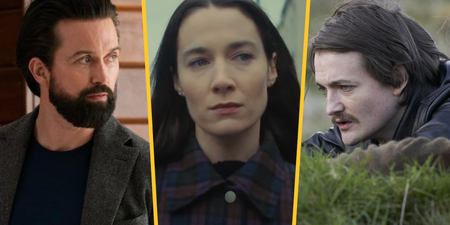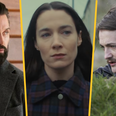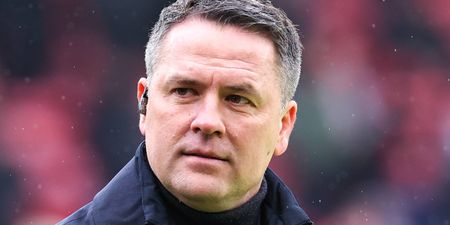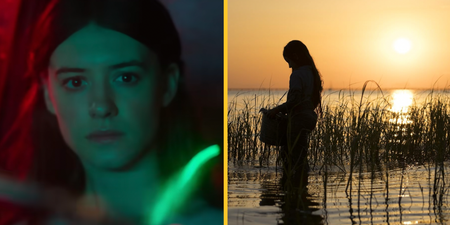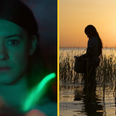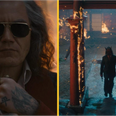The much-anticipated sequel arrives on PlayStation this week.
2018’s God of War rebootquel was both a foregone conclusion and a total surprise. Planting us in that permanent third-person camera for a one-take hack’n’slash adventure through the Norse mythos was an obvious slam dunk, while also successfully removing most of what made the original God of War games so successful.
The fighting mechanics were wonderful, the visuals sumptuous, the story enjoyably intelligent and complicated… it remains a benchmark for what video games are capable of. So, with the arrival of God of War Ragnarök, where can you go? As it turns out, nowhere. Not really.
It also turns out that is by no means a bad thing.
Sure, the graphics are even better, but not in such a massive way as to really call attention to the overall picture. The gameplay is as fluid-yet-punchy as last time, the world-building as immersive and expansive… the compliments here are the same as the last time, thus the same superlatives apply.
But instead of just feeling like “more of the same” or merely an expanded DLC, Ragnarök borrows its vibe more from The Lord of the Rings: The Two Towers, and – perhaps interestingly/eyebrow-raisingly to some – The Last Of Us Part II.
The story picks up three years on from the aftermath of the first game’s climax, with the perma-grumpy Kratos, the troublesome Artreus and head-only Mimir at the tail-end of Fimbulwinter, a years-long winter which is prophesied to mark the beginning of Ragnarök, an apocalypse set to end the reign of the Norse gods and their entire domain.
The isolated trio are in trouble on all sides following the murder of Baldur, with foes in the form of his half-brother Thor, his mother Freya, and his father Odin. But they’re also attempting to find a potential way to stop Ragnarök altogether, which involves seeking out Tyr, the Norse god of war (who is rumoured to be long dead), and further investigate Artreus’ supposed identity as Loki.
This will take us across all nine realms of the Norse mythology (we had access to six in the first game), with Asgard, Vanaheim, and Svartalfheim now added to the travel lists. And for those areas we do revisit from the first game, this isn’t a simple copy-paste job, as Fimbulwinter has not been kind to these locales. Many of them have been outright destroyed by the endless winter, and the surviving natives are not happy to see Kratos and his gang.
And so from there we get that magical combination of pitch-perfect combat, pat-yourself-on-the-back-when-you-finally-solve-them puzzles and gorgeous platforming through jaw-dropping landscapes. We’re also dropped into a world that is truly being hammered down by an overwhelming sense of dread, with realms either already consumed by doom or on the very precipice of it. It makes for a darker, edgier tone, but the developers never forget that at its core, this is still supposed to be a very fun game in which you throw your giant frost axe at huge monsters.
If you played and loved the 2018 game, then you should 100% play and love this sequel, as it truly is as good as that original, with the additional sheen of four years of advanced technology.
